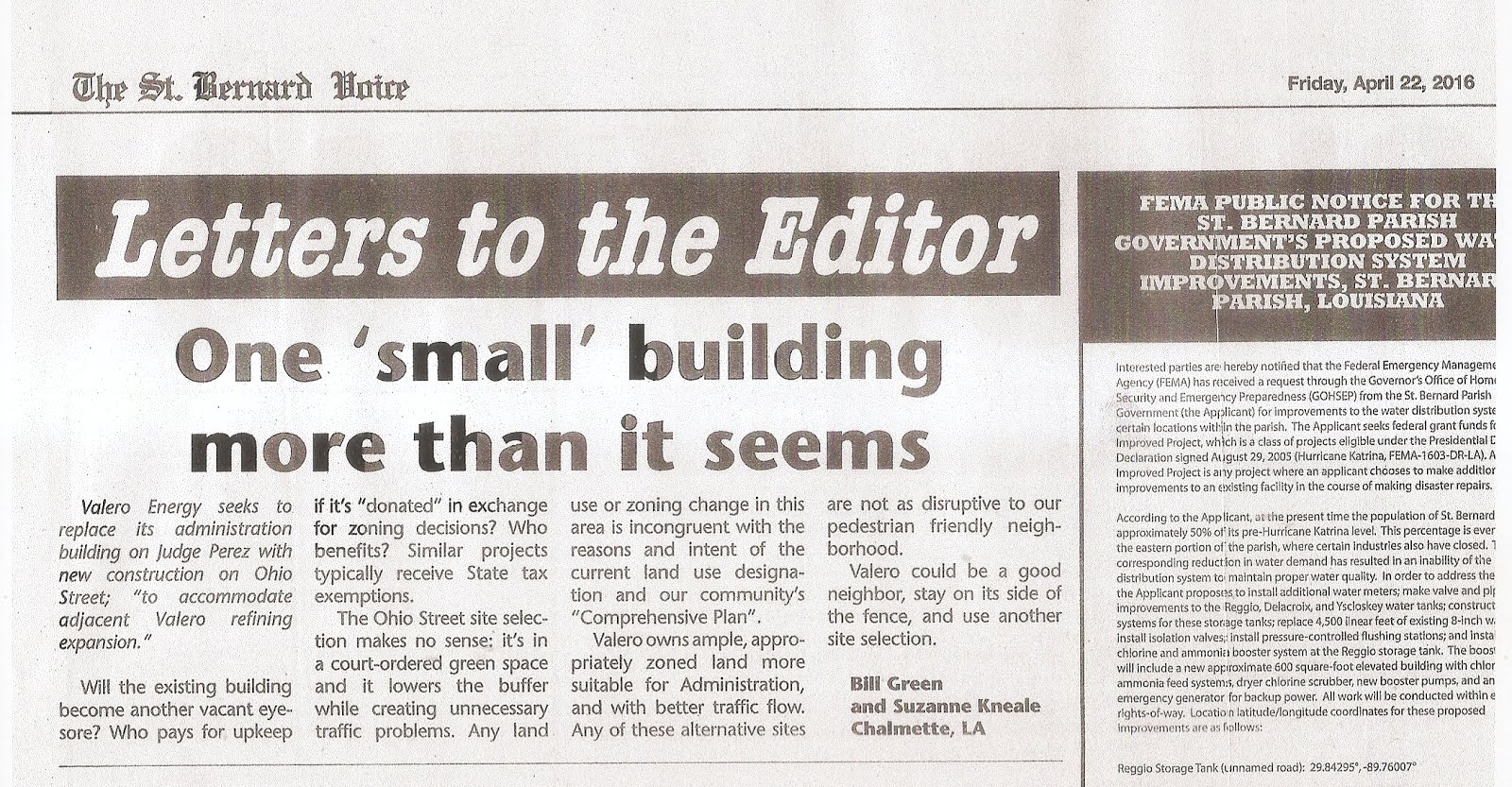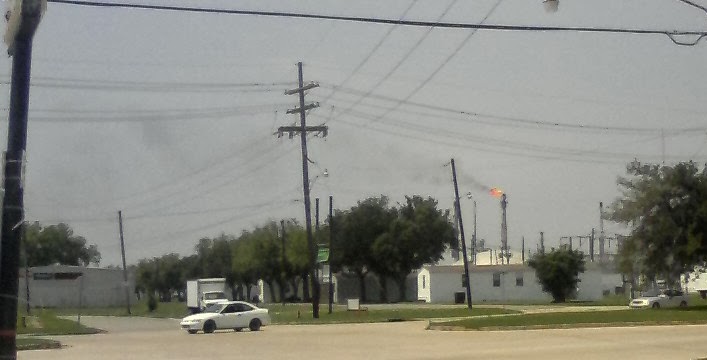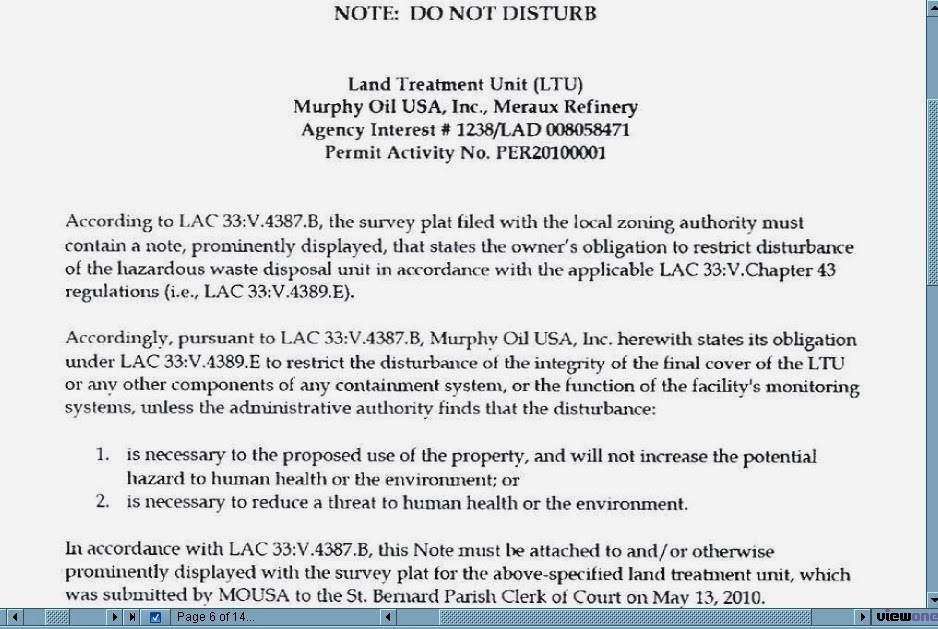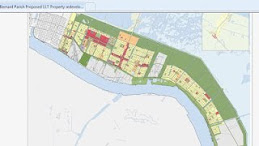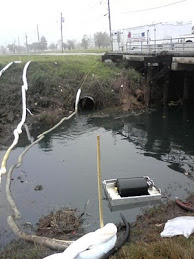|
Parish Wide Mills
|
|||||||||||||||||||
|
Assessment District
|
1.86
|
||||||||||||||||||
|
Council on Aging Sr. Citizens
|
0.94
|
||||||||||||||||||
|
Fire District Parish Wide
|
20.41
|
||||||||||||||||||
|
Garbage District
|
3.05
|
||||||||||||||||||
|
General Alimony (general fund)
|
2.81
|
||||||||||||||||||
|
Health District
|
0.62
|
||||||||||||||||||
|
Hospital District
|
8.16
|
||||||||||||||||||
|
Lake Borgne Basin Levee District
|
11.33
|
||||||||||||||||||
|
Law Enforcement District
|
31.31
|
||||||||||||||||||
|
Library District
|
3.75
|
||||||||||||||||||
|
Port Harbor & Terminal
District
|
3.73
|
||||||||||||||||||
|
Recreation Facilities
|
2.17
|
||||||||||||||||||
|
Road District
|
3.05
|
||||||||||||||||||
|
Road Lighting District
|
1.22
|
||||||||||||||||||
|
School District
|
41.22
|
||||||||||||||||||
|
Wards
1 - 5A
Wards
5B - 7
| |||||||||||||||||||
Sunday, February 16, 2020
Property Tax Referendum
Property Tax Referendums under consideration
St Bernard Parish residents will vote in 2020 on additional,
new property taxes to fund storm drainage canals and pumps, which were formerly
funded under the Lake Borgne Basin Levee District (LBBLD) property tax (currently 11
mills for levees, drainage, and pumps).
It is unclear at this time if the referendum will simultaneously
reduce the 11 mills for LBBLD and add a
new property tax for SBPG’s new responsibility to operate and maintain drainage
canals and pumps. OR if the LBBLD will continue to collect 11 mills and SBPG collect a new additional tax.
Stay Tune for Updates and look for public hearings and
community meetings.
For a history of the LBBLD mileage and its decision to abandon
its responsibilities for canals and pumps see SBPG video from 2018 here ….. https://www.youtube.com/watch?time_continue=316&v=z6bAnrp_64E&feature=emb_logo
See below for a chart of current property tax mileages
Aside from the LBBLD 11 mills, residents of St Bernard Parish also pay property taxes to The St Bernard Port (3.72 mills). However, as a state
port, the properties within the port's jurisdiction do not pay a property tax. Recently, the Meraux Foundation and the Louisiana Economic Development proposed another tax exempt state port to be located near our Trist Middle School and operated by the Port of NOLA; the proposed plans include operation of a container
storage yard, including storage of plastic pellets. Increased rail and perhaps even the discontinuation of St Bernard Highway at that junction are among top concerns, which residents do not believe are worth the property tax exemption.
Total Industrial Tax Exemptions (ITE) in St Bernard Parish should
also be a consideration. District schools, law enforcement, fire stations,
roads and lighting, our rural hospital, recreation, library, and even garbage
collection are mainly funded through property tax. However, many of the heavy
industries in St Bernard Parish enjoy large property tax exemptions. Recent changes
to the state ITE program give local municipalities the option to not exempt
industry from local property tax. Of the few ITE applications since this change,
the SBP Council, Sheriff Department, School Board, and SBP Fire Department via
the Council, have all decided not to grant the exemptions. Given we have closed
fire stations and have a continued decreased domiciled-residential population
since 2005, this was a good budget decision. The local option began by executive
order of Governor John Bel Edwards in his first term. Whether or not the 2020 Republican
controlled Louisiana State Legislature will attempt to change this local option
remains to be seen. Yet, these industries still receive drainage and levee protection, and rely on our fire department for major incidents.
One thing St Bernard Parish residents can control is whether or not to continue
the current 11 mils for LBBLD and add an additional tax for the drainage and
pumps, or to reject such a referendum (if presented) and demand a different tax structure
(i.e., lower the LBBLD tax and simultaneously add the drainage and pump tax).
Wednesday, February 12, 2020
benzene levels & federal intervention
EPA should develop a national ambient air standard for Benzene. Louisiana's benzene standard is more than twice as lenient as the Texas standard, which is over 30 times looser than that of Massachusetts. Without a National Ambient Air Standard for Benzene, States will continue to enforce different standards in different ways. St Bernard Parish residents deserve the most protective standards resulting in the least amount of exposure; not more.
Benzene is like asbestos, there is no safe exposure level, and chronic airborne benzene exposure is associated with leukaemia and other health affects.
According to the World Health Organization: "Benzene is carcinogenic to humans, and no safe level of exposure can be recommended. For general guidance, the concentrations of airborne benzene associated with an excess lifetime risk of leukaemia of 10−4 , 10−5 and 10−6 are 17, 1.7 and 0.17 μg/m3 , respectively."
https://www.who.int/ipcs/features/benzene.pdf
The EPA now requires benzene fenceline monitoring in the oil refinery sector, but not around other benzene emitting plants. When the 2 week adjusted average is above 9 ug/m3, the oil refinery must file an additional report and conduct root cause analysis and take action to reduce the benzene level. However, this is looking more like another fox watching the hen house project.
Residents and grassroots stakeholders like Louisiana Bucket Brigade and Environmental Integrity Project wanted public access to the real time data, and not just the two week "adjusted" averages.
Benzene is like asbestos, there is no safe exposure level, and chronic airborne benzene exposure is associated with leukaemia and other health affects.
According to the World Health Organization: "Benzene is carcinogenic to humans, and no safe level of exposure can be recommended. For general guidance, the concentrations of airborne benzene associated with an excess lifetime risk of leukaemia of 10−4 , 10−5 and 10−6 are 17, 1.7 and 0.17 μg/m3 , respectively."
https://www.who.int/ipcs/features/benzene.pdf
The EPA now requires benzene fenceline monitoring in the oil refinery sector, but not around other benzene emitting plants. When the 2 week adjusted average is above 9 ug/m3, the oil refinery must file an additional report and conduct root cause analysis and take action to reduce the benzene level. However, this is looking more like another fox watching the hen house project.
Residents and grassroots stakeholders like Louisiana Bucket Brigade and Environmental Integrity Project wanted public access to the real time data, and not just the two week "adjusted" averages.
According to this EIP article,"Anne Rolfes, Director of the Louisiana Bucket Brigade, an environmental advocacy group, complained that the people of Chalmette, Louisiana, are being exposed to benzene from the Chalmette Refining plant at dangerous levels. The benzene concentration detected along the refinery fenceline in 2019 was 37 percent higher than EPA action levels.
“It should not require a federal intervention for Chalmette Refining to take action on a cancer causing chemical like benzene,” Rolfes said. “Chalmette Refining’s reckless release of benzene threatens the people who live in the neighborhood right across the street, and a school that is less than a mile away.”
EPA’s benzene regulations have their origin in a 2012 lawsuit that the Environmental Integrity Project (EIP) and allies filed on behalf of seven community and environmental groups, including Air Alliance Houston and the Louisiana Bucket Brigade. The lawsuit complained that EPA missed its deadline to review and update toxic air standards for oil refineries by more than a decade.
For years, these local groups had been fighting for stronger protection from refinery pollution, including problems associated with flaring and malfunctions. In response, EPA imposed new regulations for oil refineries designed to reduce the amount of hazardous pollution these companies spew into the air. The new rules, first implemented in 2018, require refineries to set up monitors around the perimeter of their plants to measure concentrations of benzene leaving the property.
As part of the monitoring requirement, refineries must collect air samples at the plant fenceline every two weeks. Refineries then determine the amount of benzene actually coming from the facility by correcting for background or any nearby or offsite sources. If the highest measurement of benzene coming from the facility exceeds an average of 9 micrograms per cubic meter of air over a one-year period, the EPA regulations require the facility to conduct an analysis to determine the root cause of the problems causing the toxic emissions and to then take action to lower those concentrations.
Subscribe to:
Posts (Atom)




